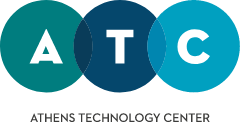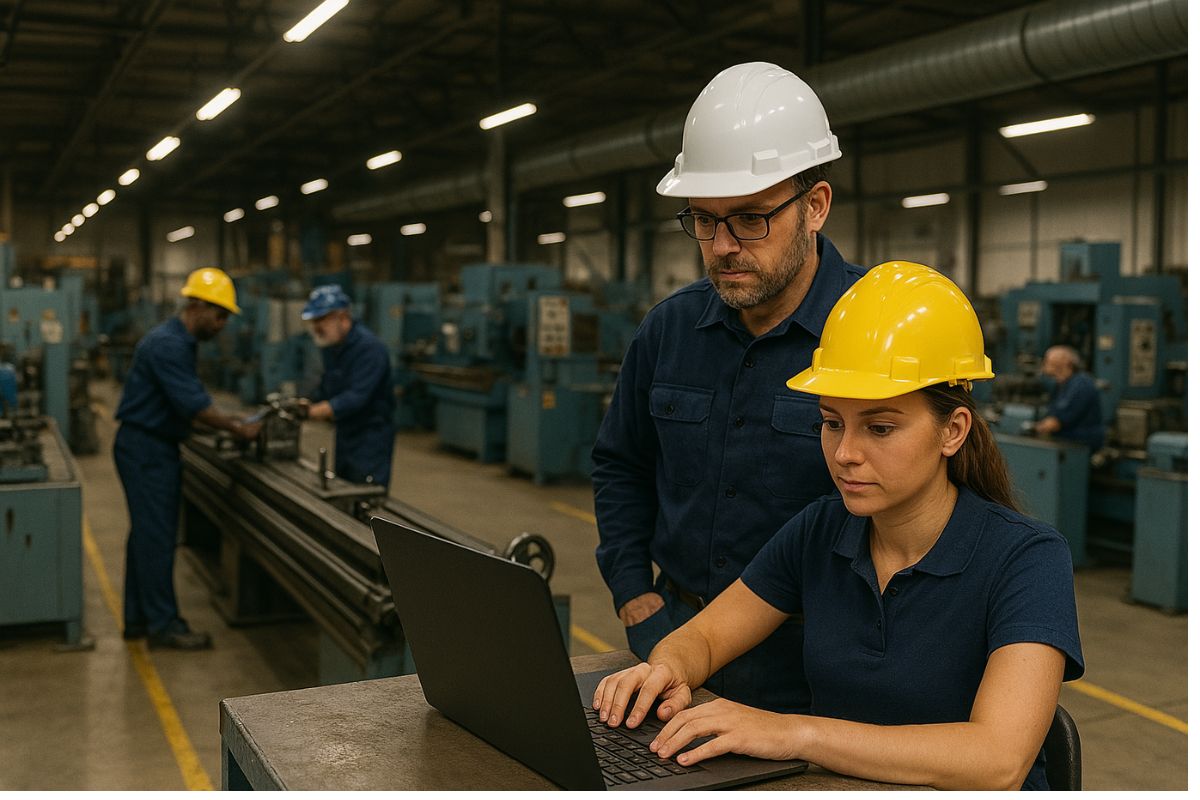Every day people across the world put their lives in the hands of public services, therefore with the increasing move to digital delivery its important that the new delivery platforms are robust, secure and fault tolerant. This simply means that new smart city platforms need to be resilient enough to cope with issues whilst keeping services up and running. How to make a Smart City platform fault-tolerant?
Moreover, developing a robust, resilient and scalable architecture whilst remaining flexible is a core challenge. Scalability refers to the number of users, sessions, transactions, and operations which can be accommodated by a whole system. Simply put, scalability is growth to create either an application, service or platform that can serve thousands to millions of users with zero downtime and issues. So, how to make a Smart City platform scalable?
Last but not least, open source in its simplest premise is accessible to anyone who wants to inspect, audit or modify it to create new benefits. An approach that often catalyses collaborative participation and community-based development to help solve common challenges. So, how can you turn the open source values into a reality within a city platforms?
These are 3 basic questions that the SELECT4CITIES team asked its contactors. Here are the answers are given by the CEDUS consortium
– on fault tolerance
– on scalability
– on open source
The CEDUS Consortium is led by Engineering Ingegneria Informatica SpA, together with EIT Digital and ATC International, embraced two new partners: Rombit in Belgium and Aalto University in Finland.






